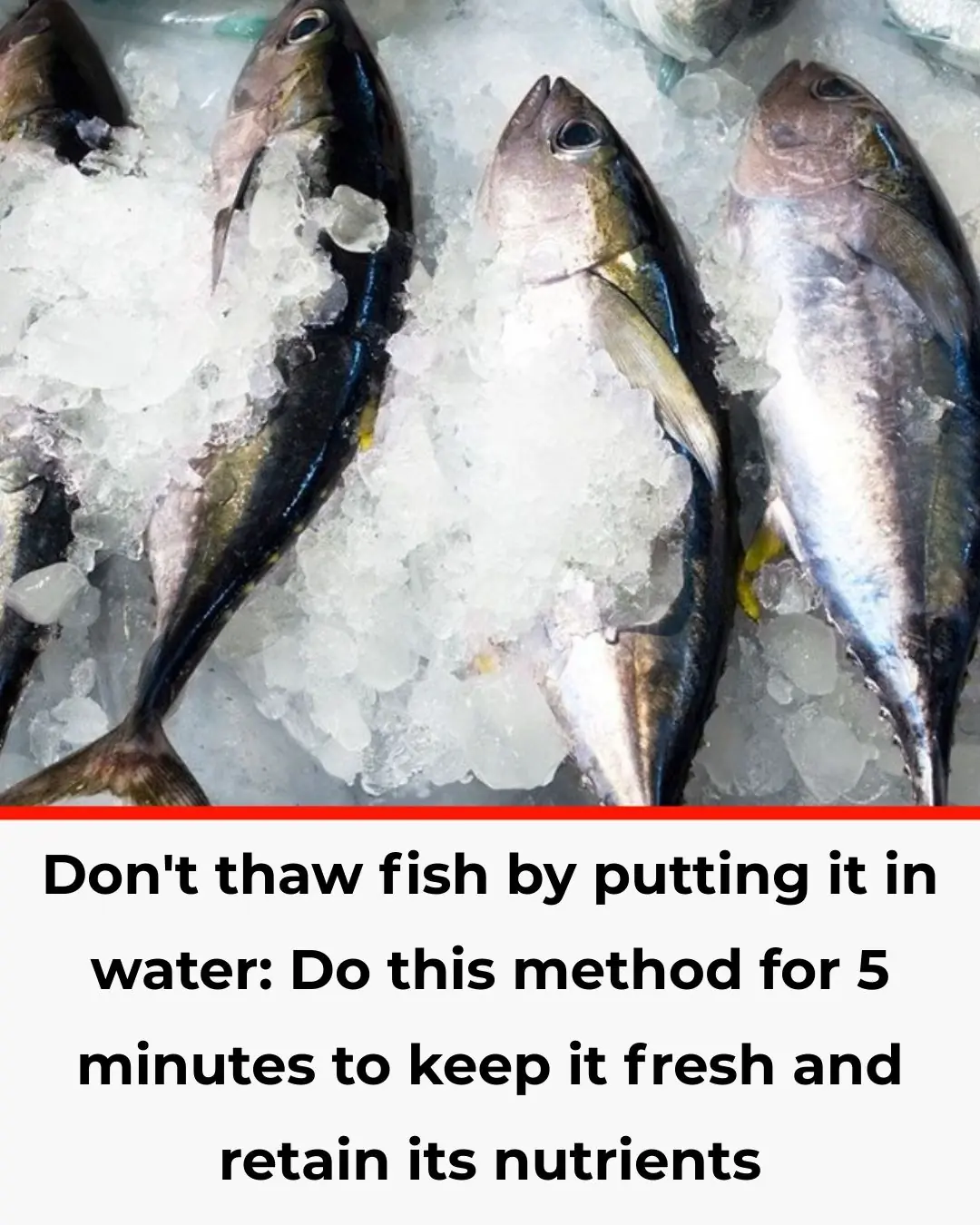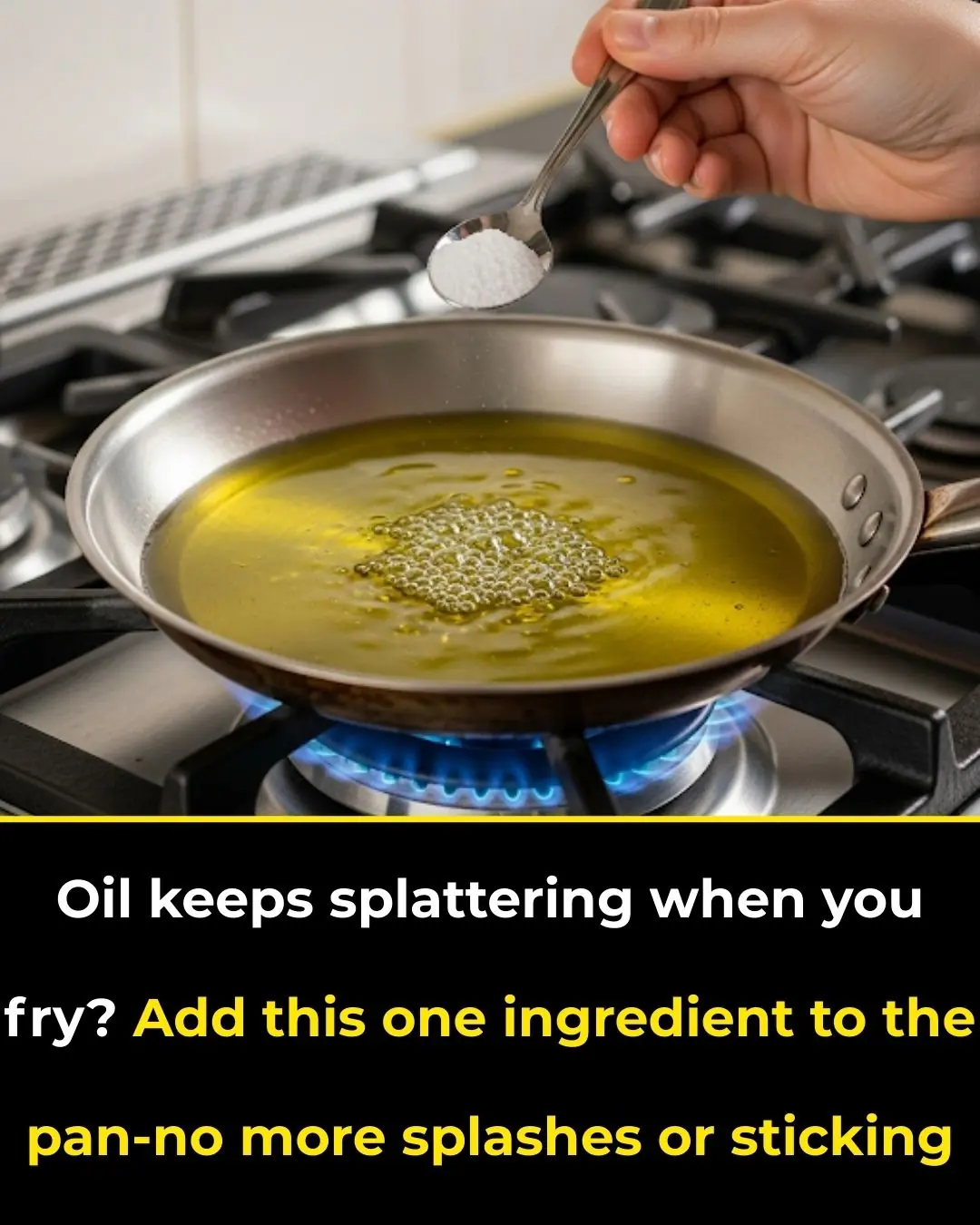Storing fish and meat properly isn’t complicated—it’s a system. With the right temperatures, smart prep, and airtight packaging, a single market run can cover four weeks of balanced meals without sacrificing quality. Use the guide below as a step-by-step playbook you can repeat every month.
1) Start With the Right Temperatures
-
Freezer: −18°C (0°F) or colder. This slows deterioration and prevents freezer burn when packaging is done well.
-
Refrigerator: 0–4°C (32–40°F). Colder is better, as long as liquids don’t freeze.
-
Where to place items: Keep raw fish and meat on the lowest shelf in leakproof containers to prevent drips. Avoid the door shelves (they warm up when the door opens).
Pro tip: Place a simple fridge/freezer thermometer inside and check weekly. A stable cold environment is the foundation of month-long freshness.
2) Shop and Prep Once for the Month
Plan for two categories: “Cook soon” (to use within 2–3 days) and “Freeze now” (for weeks 1–4).
-
At the market: Choose firm fish with a clean sea smell and bright eyes/gills; meat should be cold to the touch with good color and no off odors.
-
At home within 30–60 minutes: Unpack immediately. Keep fish and meat chilled while you prepare your packaging station: cutting board, paper towels, sharp knife, labels, freezer bags or vacuum sealer, and a tray for flash-freezing.
3) Portioning and Packaging (Your Biggest Quality Win)
-
Portion first. Divide into meal-size packs (for example, 300–500 g per household meal) so you only thaw what you need.
-
Pat dry. Gently remove surface moisture with paper towels; dry surfaces freeze cleaner and avoid ice crystals.
-
Choose the right wrap:
-
Best: Vacuum-sealed bags (remove nearly all air).
-
Great: Heavy freezer bags using the water-displacement method—submerge the bagged food (zip nearly closed) in water to push out air, then seal.
-
Also good: Wrap tightly in plastic wrap or butcher paper, then slide into a freezer bag.
-
-
Label clearly: Write the product, cut, marinade (if any), and date. Store newest packs behind the older ones (FIFO: first in, first out).
Prevent odor transfer: Double-bag fish and place baking soda in the fridge (not touching food) to neutralize smells.
4) Special Care for Fish
Fish is delicate. Handle it with a little extra care and it will reward you with great texture.
-
For 1–2 days in the fridge: Place fillets or whole fish on a rack set over a shallow pan filled with ice. Cover loosely and drain melted ice so the fish stays cold and dry. Replace ice daily.
-
For freezing:
-
Flash-freeze: Lay fillets in a single layer on a parchment-lined tray. Freeze until just solid, then pack airtight. This prevents pieces from sticking and preserves shape.
-
Ice-glaze (optional): For very delicate fillets, dip in ice-cold water, freeze, and repeat 1–2 times to form a thin protective glaze before final packaging.
-
-
Fatty vs. lean fish: Fatty fish (salmon, mackerel) taste best within 2–3 months frozen. Lean fish (cod, haddock) maintain quality up to 6–8 months when well sealed.
5) Special Care for Meat
-
Beef and pork (steaks, chops, roasts): Portion, pat dry, and pack airtight. These cuts freeze well for 4–12 months.
-
Ground meat: More surface area means faster quality loss—keep frozen 3–4 months.
-
Poultry: Whole birds freeze well up to 12 months; parts (thighs, wings, breasts) about 9 months.
-
Marinated packs: Combine meat with marinade, press out air, seal, and freeze. The marinade infuses during thawing for fast, flavorful meals. Avoid very salty or highly acidic marinades for long freezes (they can change texture); use balanced recipes.
6) Batch-Prep Add-Ons That Save Time
-
Pre-seasoned packs: Add spice rubs (low salt), garlic, herbs, or a neutral oil to protect surfaces.
-
Cooked building blocks: Poach or roast plain chicken breasts, shred, and freeze flat in bags; brown ground meat with onions and freeze. These make weeknight meals faster.
-
Shellfish: Rinse, pat dry, and freeze raw in airtight bags. For shrimp, you can freeze with shells on to reduce moisture loss.
7) Thaw the Right Way (Texture and Safety Matter)
-
Best: Thaw in the refrigerator on a plate or tray. Small packs usually thaw overnight.
-
Faster: Cold-water bath. Keep the food sealed, submerge in cold water, and change the water every 30 minutes.
-
Avoid: Countertop thawing or warm water. Uneven warming can affect quality.
-
Use soon after thawing: Cook fish within 24 hours of thaw; most meats within 1–2 days.
-
Do not refreeze raw items once thawed (unless you cooked them; cooked leftovers can be frozen again).
8) Storage-Time Cheat Sheet (Quality Guide)
In the refrigerator (0–4°C / 32–40°F):
-
Fresh fish: 1–2 days
-
Ground meat: 1–2 days
-
Poultry (raw): 1–2 days
-
Beef/pork steaks or chops: 3–5 days
-
Cooked leftovers: 3–4 days
In the freezer (−18°C / 0°F or colder, airtight):
-
Lean fish: 6–8 months
-
Fatty fish: 2–3 months
-
Ground meat: 3–4 months
-
Steaks/chops/roasts: 4–12 months
-
Poultry (whole): 12 months; parts: 9 months
-
Cooked dishes: 2–3 months
These time frames prioritize peak quality. Good packaging and steady cold often extend acceptable taste and texture.
9) A Simple 4-Week Rotation Plan
-
Day 1 (Prep Day): Portion everything. Set aside 2–3 days’ worth of fish/meat in the fridge; freeze the rest.
-
Week 1: Use fresh fish first (best texture), plus one frozen meat pack.
-
Week 2: Rotate in marinated poultry or ground meat packs from the freezer.
-
Week 3: Choose lean fish from the freezer (cod, pollock) and one beef/pork cut.
-
Week 4: Finish remaining frozen poultry and red meat. If any fatty fish remains, prioritize it this week.
Tip: Each weekend, pull two packs from the freezer to the fridge to thaw slowly. That keeps weekday cooking effortless.
10) Avoid Freezer Burn and Off Flavors
-
Air is the enemy. Use vacuum sealing or press out air from bags.
-
Double-wrap delicate items. For fish and ground meat, add a second layer (plastic wrap or butcher paper) before bagging.
-
Pack flat. Thin, flat packs freeze faster and thaw evenly.
-
Don’t overcrowd the freezer. Leave space for air circulation and quicker freezing.
-
Keep it clean and organized. Group by type (fish, poultry, beef, pork) and store oldest at the front.
11) Quick Safety and Freshness Checks
-
Look: Fish should be translucent and moist; meat should have a fresh, natural color without gray or green tones.
-
Smell: A clean ocean smell for fish; neutral for meat. Strong, sour, or ammonia-like odors mean it’s time to discard.
-
Touch: Once thawed, fish and meat should be cold and firm, not sticky or tacky.
-
When in doubt, leave it out. If something seems off, do not use it.
12) Minimal-Waste Tips
-
Freeze trimmings and bones for stock.
-
If you won’t cook thawed items within a day or two, cook them now and refreeze the cooked dish (soups, stews, shredded meats) for easy meals later.
-
Keep a simple freezer inventory list on the door. Cross off as you go to prevent forgotten packs.
Bottom Line
With consistent cold, airtight packaging, and a smart rotation, fish and meat can stay high-quality for an entire month—and beyond in many cases. Set your temperatures once, prep and portion on day one, label and freeze properly, and thaw slowly in the fridge. This simple routine keeps variety on the table, reduces waste, and replaces multiple market trips with one well-planned session.





























